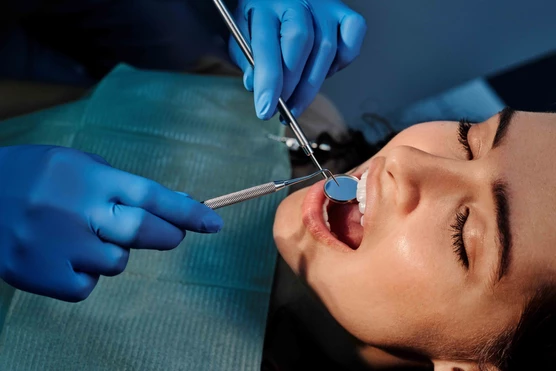Order of treatment

If you’ve ever been involved in constructing any type of building, you’ll know that there is a particular order of operations if you wish to successfully complete the project as planned and to budget. Early steps involve more planning type work, and later phases are weighted towards operational (physical construction) type work.
PLANNING
The early phases of any dental care involve planning. The old adage “no plan is a plan to fail” summarises this phase. Just like the Development Application in a construction project, the plan requires a statement around the scope of works. This is a patient decision – and there is no right or wrong – it’s all about the kind of result the patient wants from their dental health and restorative needs.
This is why I’m often surprised by patients who have had significant implant therapy recommended as a primary treatment goal when basic restorative needs remain unaddressed. Sometimes there are teeth that require attention and could be compromised or even lost as a consequence of these hasty recommendations around significant and expensive treatment without sound foundations. Just like a construction site – one of the first steps is to determine the type of ground you’re building on so that you can determine the size and type of foundations required to support your end result.
FUNDAMENTALS
Once the scope of works has been determined, you as a patient should have a clear idea about your expected outcome and the ‘foundations’ that need to be laid to ensure that the outcome is sound and durable. Sometimes in this phase, ‘contingencies’ are necessary in order to test some of the questionable propositions that may arise in any treatment plan. Of course, it is possible to develop strategies without contingencies – simply by extraction of any tooth that either ‘looks questionable’ or ‘is too hard’.
At Belledental, we will usually have a discussion around these teeth. Often, the replacement of a tooth with an alternative such as a bridge or implant is far more expensive than the salvage of the tooth. Even if the salvage of the tooth has an expected lifespan of only 7-10 years, this still represents value for many patients and buys time to get all the fundamentals worked out – should this tooth fail in 7-10 years, then the plan will (should) have a strategy for replacement at a time when the patient is not fighting battles on multiple fronts, i.e. all other fundamentals are set and intact.
These fundamentals should also address the patient’s bite and cosmetic desires. These are critical considerations – especially around implant placement. The arrangement of the patient’s restored teeth around a space determines the positioning of implants. The position of the implant is determined by, specifically, where the patient wants the tooth (teeth). Once the implant is placed and has integrated, it is a massive surgical endeavour to remove it, remediate the site and place it in a new position.
DEFINITIVE PHASE
The last phase of dental treatment is the definitive phase. By this stage, all of the fundamentals are sound, the patient has good gum condition and home care, the patient’s bite is even and comfortable, and the smile is the right colour. This is the point at which implants are restored with crowns, crowns and bridges are placed on teeth and in spaces or dentures are made to fill in spaces. The result is assured because the fundamentals are right, and by this stage, patients have also formed habits around home care and maintenance. I estimate that fundamentals deliver about 80% of the final outcome and enhance the durability of any dental care.
This article was originally published here at intouch Magazine.
DR ALEX HUSZTI BelleDental
Alex has had a career focused on low-biologic cost reconstructive cosmetic dental care – common sense teeth for life. Alex services clients in the Hunter Valley, Newcastle, Lake Macquarie and Maitland areas.




